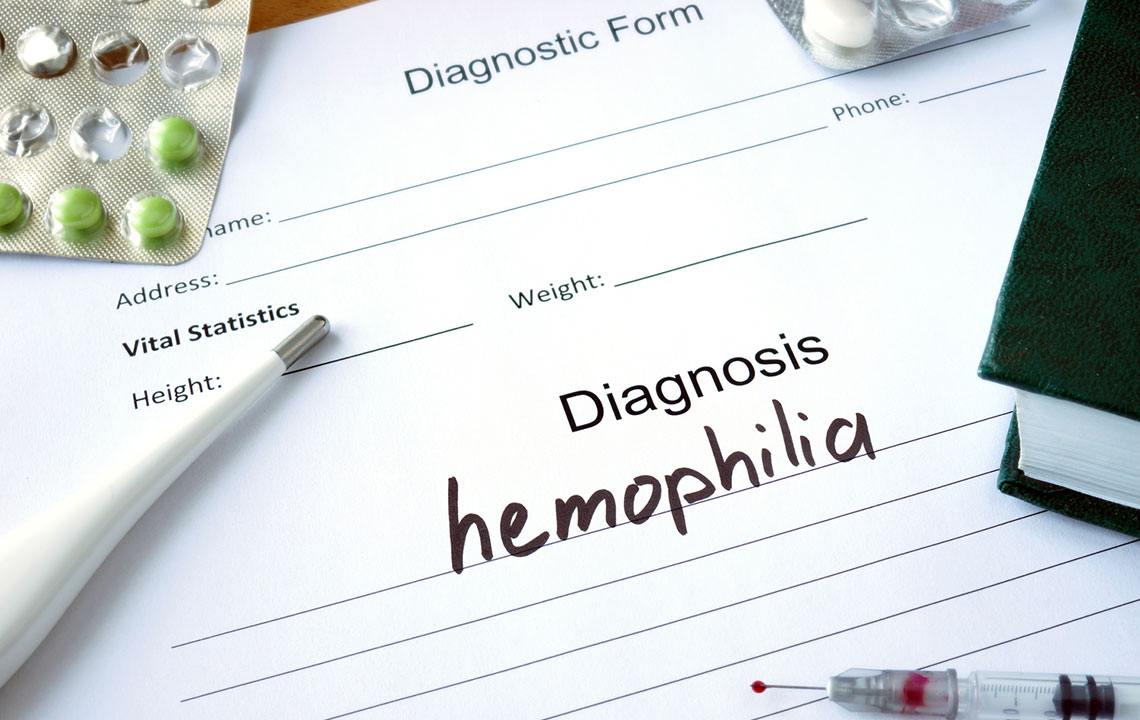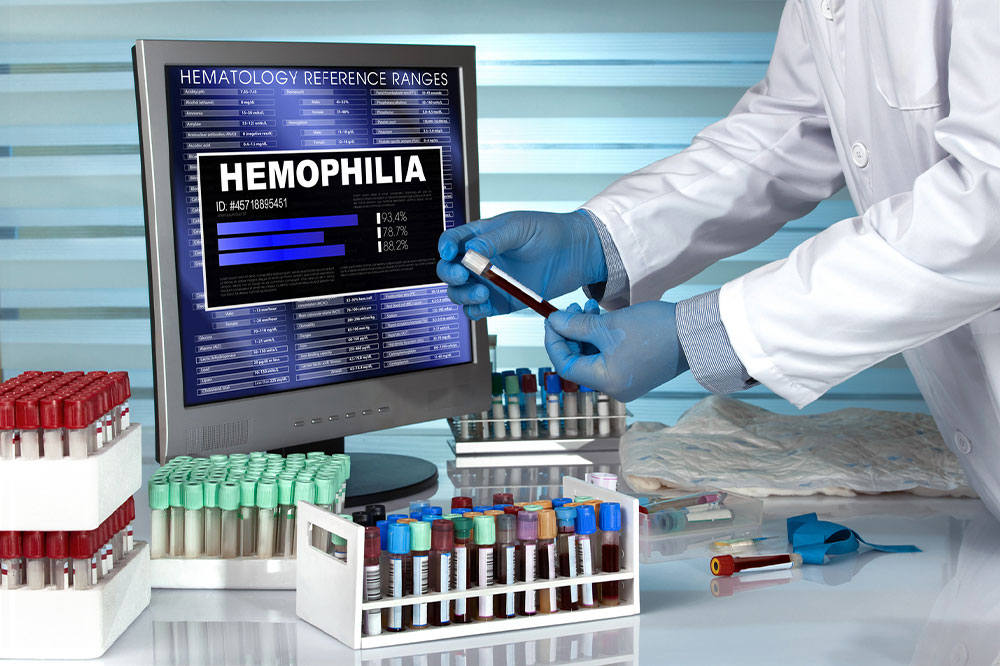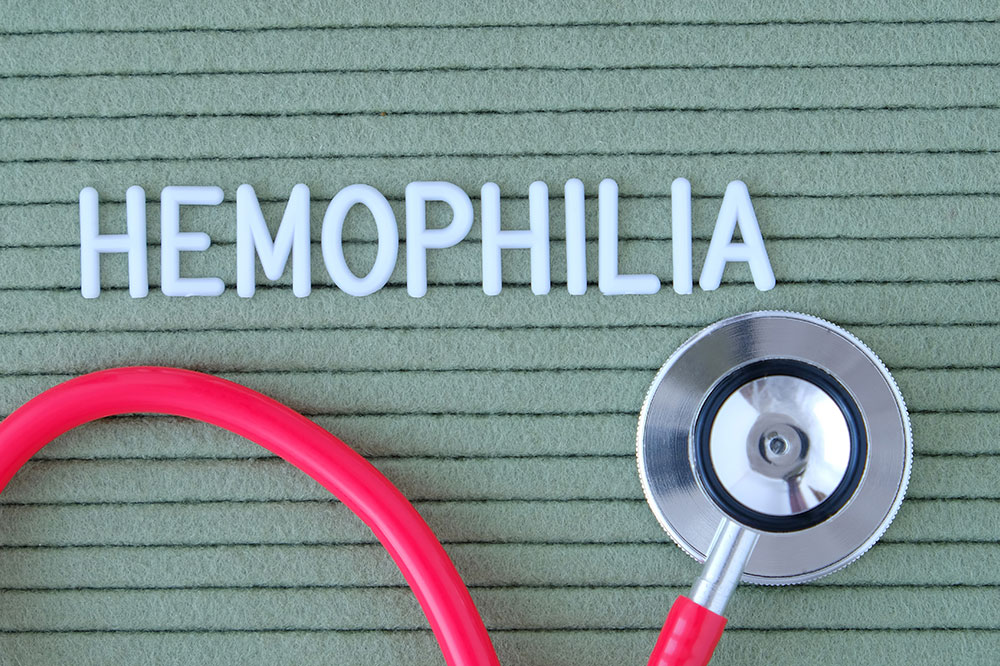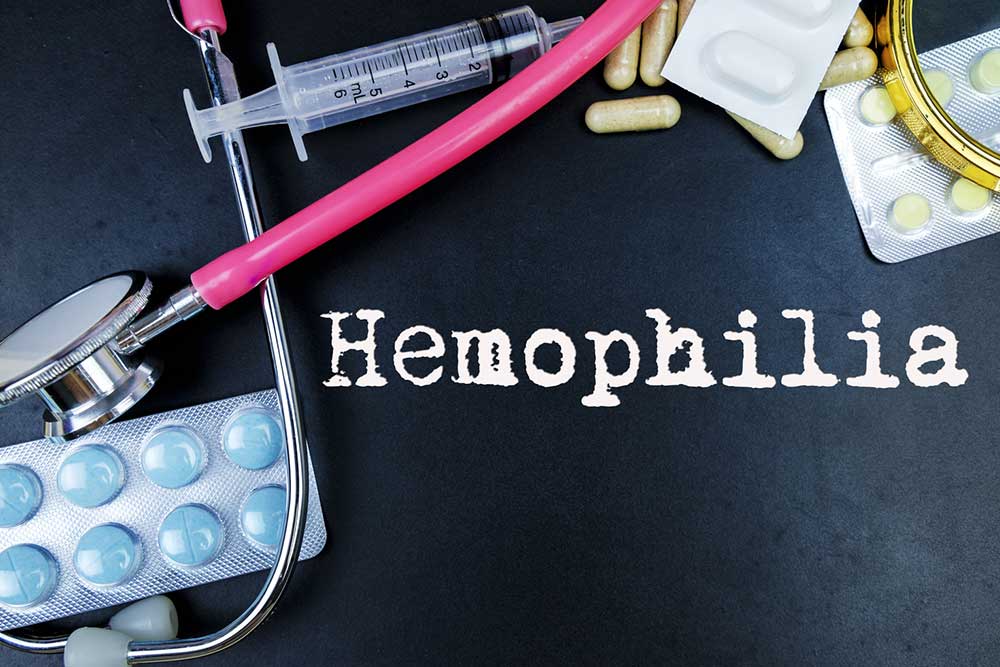Comprehensive Guide to Effective Hemophilia Management and Care
This comprehensive guide explores the key aspects of managing hemophilia effectively, focusing on specialized treatment centers, personal care strategies, pediatric support, and emergency preparedness. Understanding these crucial elements helps patients and caregivers improve quality of life and reduce risks associated with bleeding episodes, emphasizing holistic and proactive management approaches.

Key Aspects of Living Well with Hemophilia
Hemophilia is a rare inherited disorder characterized by the body’s inability to produce sufficient blood clotting factors, primarily factor VIII or IX. This deficiency results in prolonged bleeding episodes, which can occur spontaneously or after injuries and surgeries. Although it is not contagious and passed down through genes, some cases arise spontaneously without a known family history, called sporadic hemophilia. Living with this condition requires ongoing management and vigilance to prevent complications. While current treatments aim to control bleeding and improve quality of life, challenges remain in fully curing or reversing the disorder.
Understanding the essential components of hemophilia management is critical for patients, caregivers, and healthcare providers alike. Proper knowledge about treatment options, emergency preparedness, and support systems can significantly enhance daily living and reduce risks associated with bleeding episodes. This comprehensive guide explores vital considerations for managing hemophilia effectively and maintaining a high quality of life.
1. Specialized Hemophilia Treatment Centers (HTCs): The Heart of Hemophilia Care
One of the most significant advancements in hemophilia management is the development of specialized treatment facilities known as Hemophilia Treatment Centers (HTCs). These centers serve as hubs of expertise, offering multidisciplinary care that includes hematologists, nurses, social workers, physiotherapists, and counseling services. Currently, over 100 funded HTCs operate across major hospital networks and research institutions, providing essential resources and support to patients and their families.
HTCs provide a comprehensive approach to treatment, focusing on individualized care plans that involve regular factor replacement therapy, monitoring for inhibitor development, and preventative measures. Patients treated at these centers tend to experience fewer bleeding episodes, fewer hospital stays, and better overall health outcomes. Moreover, HTCs play a crucial role in educating patients and caregivers about disease management, recognizing early symptoms of bleeding, and understanding safe physical activity guidelines.
The benefits of specialized care extend beyond medical treatment. These centers also facilitate participation in clinical trials and research studies that seek to develop new therapies. Access to cutting-edge treatments, such as gene therapy and novel factor concentrates, is typically available through HTCs. The collaborative environment ensures that patients are supported holistically, addressing the physical, emotional, and social aspects of living with hemophilia.
2. Effective Personal Self-Care Strategies for Hemophilia Patients
Beyond professional medical care, individual self-care practices are vital in managing hemophilia effectively. Patients must adhere strictly to medication regimens, such as regular infusion of clotting factor concentrates, to maintain optimal clotting levels. Developing a personalized treatment schedule, in consultation with healthcare providers, helps prevent spontaneous bleeding episodes.
In addition, routine health maintenance and early recognition of bleeding signs are crucial. Patients should be trained to identify symptoms like unexplained bruises, joint pain, bleeding from the nose or gums, or blood in urine or stool. Immediate response to these symptoms, including prompt infusion or medical consultation, can mitigate potential complications.
Effective communication is essential. Patients, caregivers, and even employers should be well-informed about the condition to ensure proper accommodations during work or physical activities. It is equally important to educate gym trainers and coaches about hemophilia to prevent injuries. Carrying emergency kits containing necessary supplies such as cold packs, sterile gauze, and factor concentrates can prepare individuals for unexpected episodes.
Maintaining detailed treatment records, including infusion schedules, bleeding episodes, and response protocols, helps streamline crisis management and provides valuable information for healthcare providers during visits or emergencies.
3. Managing Hemophilia in Children: Support, Education, and Safety
Children living with hemophilia face unique challenges that require tailored support and education. Parents and caregivers play a pivotal role in ensuring their child's safety and well-being. Connecting with reputable support groups provides emotional encouragement, peer support, and access to educational resources that help demystify the disorder for young patients.
Children should be educated about their condition from an early age, fostering understanding and cooperation with treatment routines. Teaching safety measures such as wearing protective gear during sports or playground activities and avoiding high-risk behaviors can prevent injury and subsequent bleeding episodes. Parents should also establish a safe environment at home, removing potential hazards and creating emergency response plans.
Regular communication with healthcare professionals ensures that treatment strategies are current and effective. Keeping a detailed record of bleeding episodes, infusions, and any adverse reactions assists in tailoring personalized care plans. Additionally, maintaining a well-stocked emergency kit at home, school, and with caregivers is essential to respond quickly to bleeding crises.
School staff and teachers should be informed about the child's condition, emergency protocols, and how to assist during bleeding episodes. Collaboration with school nurses and counselors ensures a supportive environment that minimizes injury risks and promotes safe participation in activities.
4. Recognizing Bleeding Symptoms and Emergency Preparedness
Proficiency in identifying early signs of bleeding is vital for effective management. Common symptoms include unexplained bruises, joint swelling, pain, and bleeding from mucous membranes. Rapid response to these signs, including administering factor infusions or seeking medical attention, can prevent severity and long-term damage.
Emergency preparedness involves creating action plans, educating all involved parties, and ensuring easy access to medical supplies. Packaging emergency kits with vital items, maintaining comprehensive health records, and informing local medical facilities about the patient's condition enhances safety and responsiveness during crises.
Additionally, using medical alert bracelets or cards that detail the condition can facilitate immediate recognition and treatment by first responders or healthcare professionals. Regularly updating emergency protocols and practicing response drills can ensure readiness for sudden bleeding episodes or accidents.





